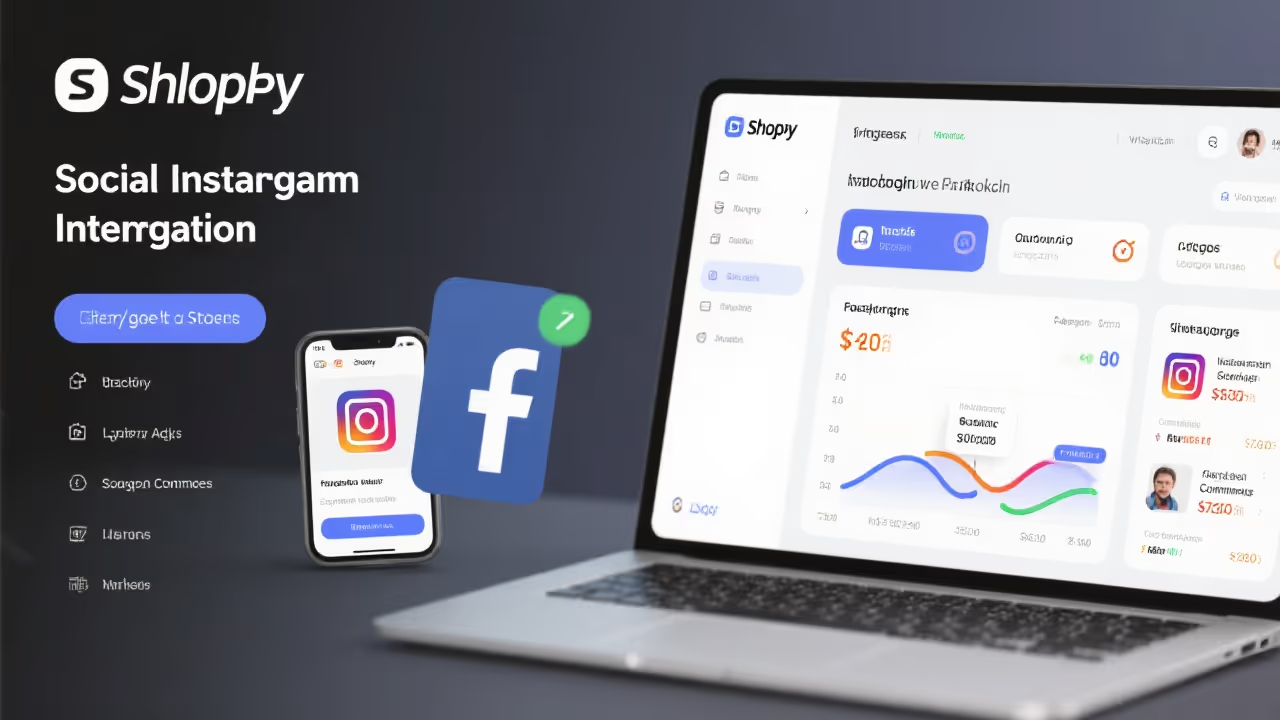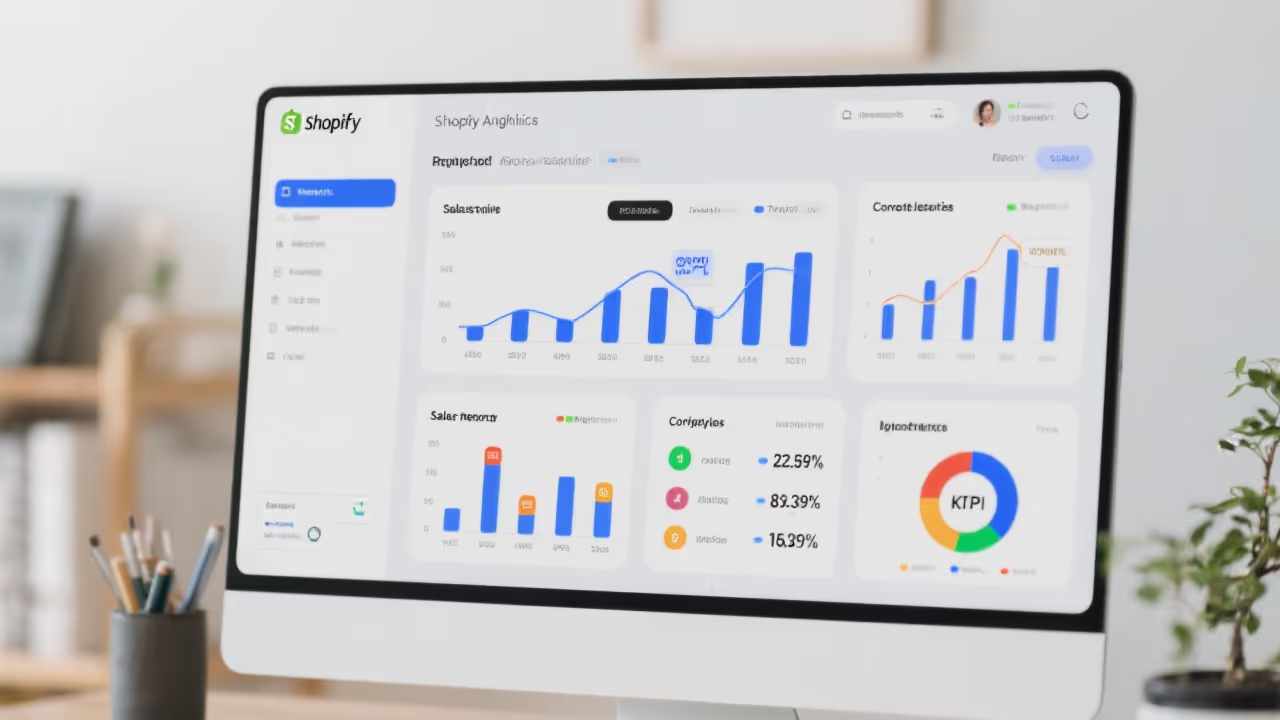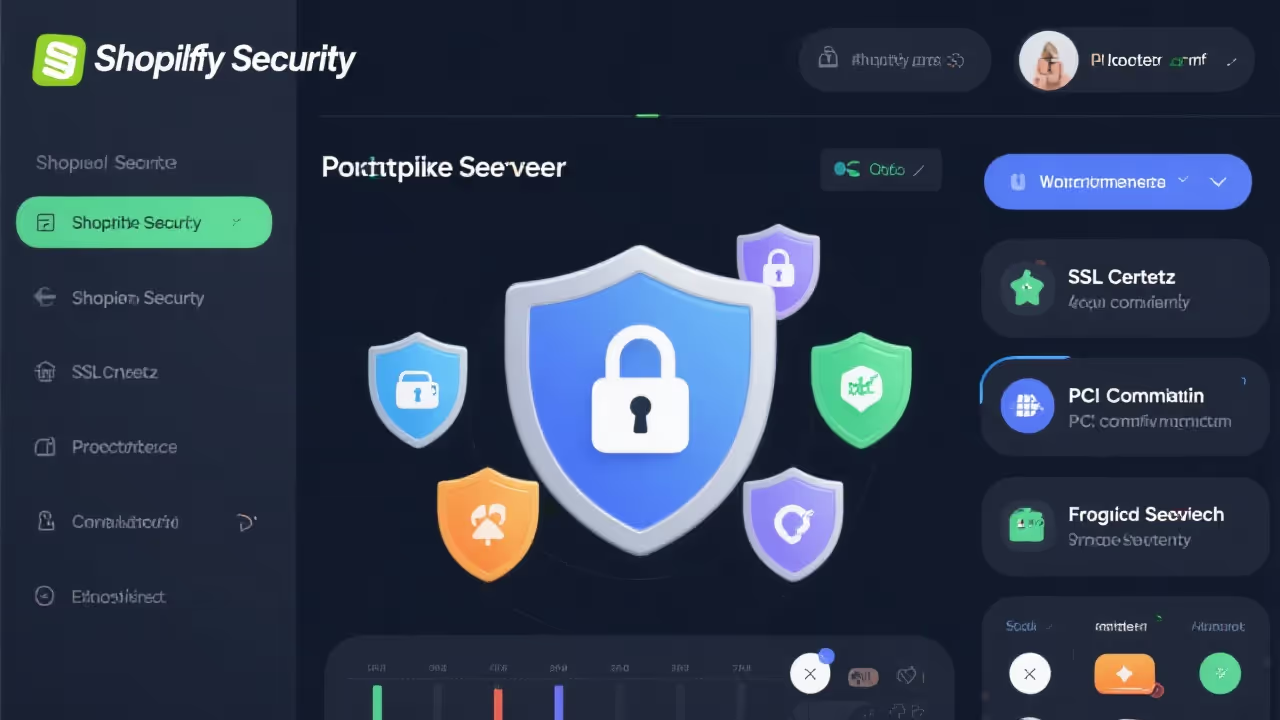One security breach can destroy years of hard work. While Shopify provides robust baseline security, the average breach costs businesses $4.35 million - and that's before considering reputation damage. We've helped 100+ stores implement enterprise-grade security that's prevented millions in potential losses. Here's your complete guide to protecting your revenue, customer data, and business reputation.
**The Real Cost of Poor Security**: Security isn't optional anymore: Average breach cost: $4.35 million globally, Customer trust: 65% never return after breach, Legal liability: GDPR fines up to 4% of revenue, Operational impact: 23 days average downtime, Reputation damage: Unquantifiable but devastating, Recovery time: 280 days average. Prevention costs 1% of what recovery does.

**Shopify Security Foundation**: Understand what Shopify provides: PCI DSS Level 1 compliance built-in, SSL certificates for all stores, Automatic security patches and updates, DDoS protection at infrastructure level, Secure checkout and payment processing, Regular third-party security audits. But this is just the beginning - you need more.
**Access Control Best Practices**: Most breaches start with compromised credentials: Two-factor authentication: Mandatory for all staff, Role-based permissions: Minimum necessary access, Regular access audits: Quarterly reviews minimum, Password policies: Complexity and rotation, Single sign-on: For larger teams, Activity monitoring: Who did what when, Immediate revocation: When staff leave. Poor access control causes 80% of breaches.
**App Security Audit Process**: Apps are your biggest vulnerability: Permission review: What does each app access?, Developer reputation: Research before installing, Data access: Minimize what apps can see, Regular audits: Remove unused apps monthly, Update monitoring: Keep everything current, Backup before install: Always be able to rollback. One compromised app can expose everything.
**Fraud Prevention Strategies**: Stop revenue loss before it happens: Address verification: Mismatch = red flag, Velocity checking: Multiple orders quickly, Device fingerprinting: Identify suspicious devices, IP geolocation: Match billing and shipping, Blacklist management: Known fraudulent actors, Machine learning: Pattern recognition, Manual review triggers: High-risk combinations. Effective fraud prevention saves 2-5% of revenue.
**Data Protection Compliance**: Regulations are getting stricter: GDPR compliance: EU customer data rules, CCPA adherence: California privacy rights, PII handling: Minimize collection and storage, Data retention: Delete when no longer needed, Consent management: Clear opt-ins required, Right to deletion: Must be able to comply, Cross-border transfers: Understand restrictions. Non-compliance penalties can reach millions.
**Backup and Recovery Planning**: Hope for best, plan for worst: Automated backups: Daily minimum, multiple versions, Offsite storage: Different geographic location, Recovery testing: Quarterly drills mandatory, Documentation: Clear recovery procedures, Version control: For theme and code changes, Order backup: Separate from store backup, Time to recovery: Target under 4 hours. Most businesses discover backup failures during disasters.
**Payment Security Enhancement**: Beyond basic PCI compliance: Tokenization: Never store card details, 3D Secure: Additional verification layer, Fraud detection: Multiple service layers, Chargeback prevention: Proactive measures, Payment method restrictions: By risk profile, Transaction monitoring: Real-time alerts, PCI compliance audits: Annual requirement. Payment fraud costs double the transaction amount.
**Code and Theme Security**: Custom code introduces risk: Code reviews: Before any deployment, Dependency scanning: Check all libraries, Input validation: Never trust user input, Output encoding: Prevent XSS attacks, SQL injection prevention: Parameterized queries, File upload restrictions: Type and size limits, Regular updates: Patch all components. One code vulnerability can compromise everything.
**Social Engineering Defense**: Humans are the weakest link: Staff training: Quarterly security awareness, Phishing simulations: Test and educate, Verification procedures: For sensitive requests, Information classification: What's public vs private, Social media policies: Limit oversharing, Vendor verification: Confirm all requests, Incident reporting: Clear procedures. 90% of breaches involve human error.
**Monitoring and Alerting**: You can't protect what you can't see: Login monitoring: Unusual patterns, Order anomalies: Fraud indicators, Traffic analysis: DDoS detection, File integrity: Unauthorized changes, Error tracking: Security-relevant errors, Performance monitoring: Can indicate attacks, Compliance dashboards: Stay audit-ready. Early detection reduces breach impact 90%.
**Incident Response Planning**: When (not if) something happens: Response team: Defined roles and responsibilities, Communication plan: Internal and external, Investigation procedures: Preserve evidence, Containment strategies: Stop the bleeding, Recovery priorities: What comes first, Legal obligations: Notification requirements, Post-incident review: Learn and improve. Prepared businesses recover 50% faster.
**Third-Party Integration Security**: Partners can be vulnerabilities: Vendor assessment: Security questionnaires, API security: Proper authentication, Data sharing: Minimum necessary only, Contract terms: Security requirements, Regular reviews: Annual minimum, Incident procedures: Their breach affects you, Insurance verification: They should have it. One insecure partner can compromise your entire business.
**Security Training Program**: Your team is your defense: Onboarding security: Day one priority, Regular updates: Monthly touchpoints, Phishing awareness: Biggest threat, Password hygiene: Personal and professional, Device security: Especially remote workers, Incident reporting: No blame culture, Role-specific training: Relevant threats. Trained employees prevent 70% of potential breaches.
**Your Security Implementation Roadmap**: Month 1: Assessment and critical fixes, Month 2: Policies and procedures, Month 3: Training and testing. Never-ending process: Security isn't a project, it's a program. Investment required: 1-2% of revenue for proper security. ROI calculation: Breach prevention vs breach cost. Security is like insurance - worthless until you need it, priceless when you do. Don't wait for a breach to take security seriously. Implement these measures now and sleep better knowing your business is protected.




